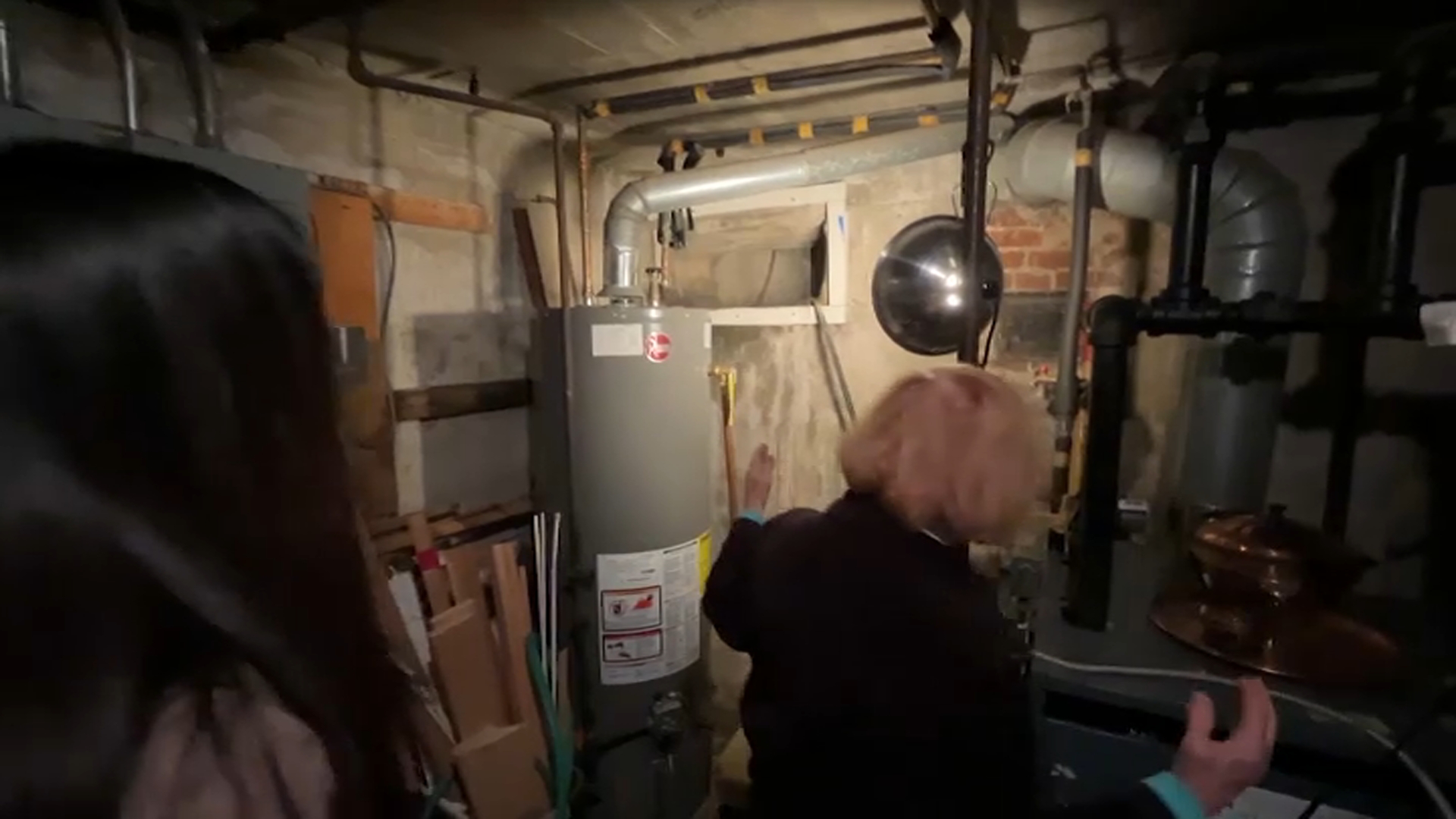We’re honoring Asian-American heritage by looking at a dark period in our country’s past. During World War II, the U.S. government incarcerated 120,000 people; their only crime was being of Japanese heritage. Margaret Yamamoto was born just days before her family was forced to leave their home on Terminal Island just outside of Los Angeles. There is not a single picture of her as a baby in the first two years of her life because cameras were considered contraband.
In 1942, President Franklin Roosevelt signed Executive Order 9066, giving the military the power to evacuate all people of Japanese descent along the entire West Cost.
WATCH ANYTIME FOR FREE
Stream NBC10 Boston news for free, 24/7, wherever you are. |
“These letters were delivered by soldiers carrying their rifles with a bayonet and hand them to people at their homes. You know, you'd hear a huge knock on your door and you go and there'd be this soldier standing there and telling you to get off (the island),” Yamamoto said.
Terminal Island was the first community in February 1942, when the military kicked people out of their homes. Yamamoto's parents owned a market at the time.
Get updates on what's happening in Boston to your inbox. Sign up for our News Headlines newsletter.
“My parents had a 48-hour grocery sale to try to get rid of food, but who's going to want to buy food when they're having to pack up their houses? And it was really, really, really tough because people did not want to sell their possessions for such a piddling amount," she explained.
Thousands of families, two-thirds of which were American citizens, were given two days to pack what they could carry and sell or store what they could not.
“Just think of yourself, if you had to pack up in two days and get out of wherever you live and not know if you're ever going to come back again,” Yamamoto said.
The government first moved the families to state fairgrounds and racetracks.
"They turned all the horse stalls into individual family units, and they barely got the horse manure or stink out of them," Yamamoto recalled. "And they lived there for about two or three months until the other camps, the permanent camps, were being built."
Within six months, the families were shipped off to the hastily built internment camps they had set up in remote parts of the country.
“They were built military-style so we lived in a space 20 by 25 feet, all six of us. The only furniture in the room were army cots, and they gave you empty mattress pads and you had to go out and fill them with straw to use on the cots," Yamamoto described.
Some families spent four and a half years in these camps and were told the arrangement was to keep them safe.
But Margie described it "like a prison."
"And they said that the guard towers were up there with machine guns and rifles to protect the Japanese from anybody trying to hurt them. But the question was, 'why are they aimed inward and not outward?'" she asked.
The families did the best they could within the barbed-wired camps. They created communities with schools and sports. Workers tended the fields and mined coal. Their sons, 18,000 men, would serve in the U.S. military but in the segregated all Japanese-American 442 combat team.
"You’d get the word that he's been killed. And they’d come with the military honors to give you a medal. They’d do the whole thing there at the camp. And then there are guys who were out on leave who would come home to visit their families, at the camp.”
Margie’s family was allowed to leave in 1944. They were given a one-way bus ticket and $25.
Four decades later, legislation passed for a formal apology and the government issued every surviving person a 20-thousand-dollar check.
At 81, Margie lives with her husband in Concord, Mass. and still gives talks. It’s a 45-minute PowerPoint to share the dark stain of America’s past, in hopes history does not repeat itself.
"It hurts me to hear Japanese-Americans or Asian-Americans having hate crimes committed against them. And it's all for that very reason that for some reason, because we are such a visible group, there's a certain foreignness that never escapes anyone who sees us. But what I'm trying to emphasize, is that we're all Americans," she said.



